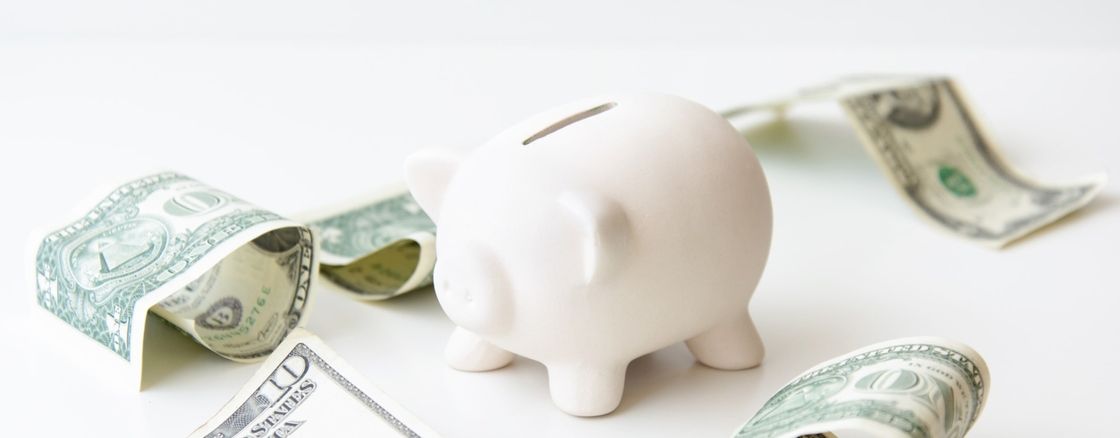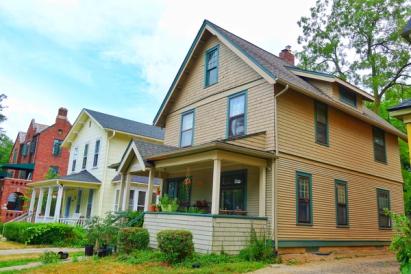First Time Homebuyer Checklist
Written by:
Dan Silva
Dan is the Vice President of Marketplace Lending at Own Up. Throughout his career, he has held executive leadership positions in the mortgage and banking industry.
See full bio

We’ve all heard the famous saying “practice makes perfect.” For things like learning the piano or throwing a baseball, it’s entirely true. But there are a few things in life we don’t get to practice before we do it. The homebuying process is one of them.
There is a lot of complexity to buying a house—especially your first. It’s a big decision: homeownership is more permanent and more expensive than renting. So how do you know if you’re ready? These five signs will help you determine if it’s time to start the home buying process.
- You have a good credit score
- You can afford the down payment
- You are ready to settle down
- You have stable employment
- You can afford to maintain a house
If you answered “yes” to those five signs, it’s time to walk through a checklist for first time home buyers.
Step 1: Assess Your Personal Finances & Credit Score
There are two primary yardsticks to determine if you’re financially prepared to buy a home: your annual income and how much debt vs. savings you have.
Financial experts recommend having 3 to 6 months of living expenses in savings before buying a home. However, how much debt you have, also known as your debt-to-income ratio, is a much more important number for lenders. It’s highly recommended you know what your credit score is before moving forward with the home buying process.
Step 2: Find Out How Much House You Can Afford
Homes vary widely in overall price, whether that’s because of the purchase price or because of different up-front or closing costs. To make sure your mortgage loan is manageable, lenders look to see that monthly housing expenses (including monthly mortgage payments, homeowners’ insurance, property taxes, and sometimes homeowners’ association fees), do not exceed 28 percent of your gross monthly income.
This math is important because household expenses exceed these costs and include everything from maintenance, lawn care and utilities to food and transportation.
Let’s dispel a common misconception now: You do not need a 20 percent down payment to buy a home—though buying one with less will require private mortgage insurance (PMI) or a second loan. Having a 20 percent down payment is conventional, but it is not required.
Step 3: Get a Pre-approval Letter
Before visiting a single home or open house, it’s worth it to get pre-approved for a home loan. A pre-approval letter tells you how much house you can afford and informs the house hunting process. Without this pre-approval, sellers will not take you seriously, and, today’s tight market, that could be the difference between getting your dream home and losing out.
Step 4: Connect with a Real Estate Agent
If Own Up is your co-pilot in the mortgage part of your home buying journey, a real estate agent is your co-pilot during the search for a new home. They understand the market, are familiar with home prices and can help you avoid bad investments by determining the right questions to ask the seller.
Search listings in the area you want to move and see what real estate agents are selling houses that are similar price and size to your desired home. Be sure to choose a buyer’s agent who will represent your interest and is familiar with the area you are focused on.
Step 5: Shop for a Mortgage
The most important thing to remember is you have options and it’s important to shop around, speaking with multiple mortgage lenders about your home loan. You wouldn’t go to one car dealership and buy a car, would you? In fact, talking to more than one mortgage lender can save you thousands of dollars the life of your loan.
Additionally, be sure to look into what type of mortgage is right for you and remember that many states offer assistance for first-time homebuyers.
Once you are ready to pick up the phone, be sure to have all your needed documentation. This includes:
- Income verification: pay stubs for the last 30 days, W-2’s for the last two years, and address records for the last two years
- Asset verification: the last two months of bank statements (to prove you have money for the down payment)
Step 6: Buy Your First Home
Once you have found the right home, it’s time to negotiate an offer. This includes everything from the purchase price to contingencies, or the requirements that must be met for the sale to go through, such as a home inspection, appraisal, financial contingency in case a lender refuses to finance a loan, and a title search. Your real estate agent will guide you through this process and help ensure this is the home you want to be purchasing.
Step 7: Close the Deal and Moving In
The last step in the home buying journey is the closing. The hard work and research is done, now it’s time for signatures, a home inspection and final closing costs. You did it!
At Own Up, we know that the homeownership journey can be overwhelming, especially as a first time buyer. Education is the key to empowerment. When you’re ready to start your journey, review our buying a house checklist.


